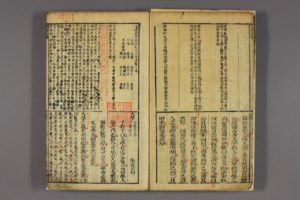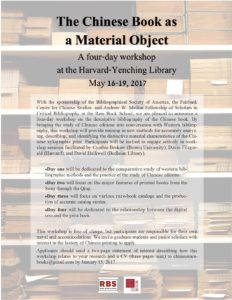Lately, I’ve been toying with the idea of eventually trying to write an annotated bibliography of every edition of The Four Books that appeared in print before the year 1912. There are several reasons for this, but the one that looms largest in my mind is rather straight-forward. I have no idea how people read the four books.
Here’s why (click images to enlarge):
This image of A New Carving of the Collected Commentaries from the Imperial Library to the Four Books by Msr. Xiang Zhongzhao 新鐫項仲昭先生四書嫏嬛集註 from the National Archives of Japan overwhelms the reader with information. The main text of The Great Learning below is accompanied by Zhu Xi’s explanation. The text above, which discusses the text below, consists of comments from famous scholars or reference works. Surrounding the printed text there’s yet another layer of annotation done by an unknown reader.
The impenetrable layout of this text is not unique, but seems to have been rather common in the seventeenth century. Another interesting edition to consider is a Kangxi period re-print of Zhang Juzheng’s commentary for the emperor, The Collected Engraving of the Direct Explanation of the Four Books Given as Mat Lectures for Imperial Perusal 彙鐫経筵進講監本四書直解, held in the Waseda University Library. This copy of the text has annotations by Nankaku Hattori 服部南郭, a famous Tokugawa Sinophile, and likewise knocks the reader over with information overload.
 Continue reading “The Four Books”
Continue reading “The Four Books”
